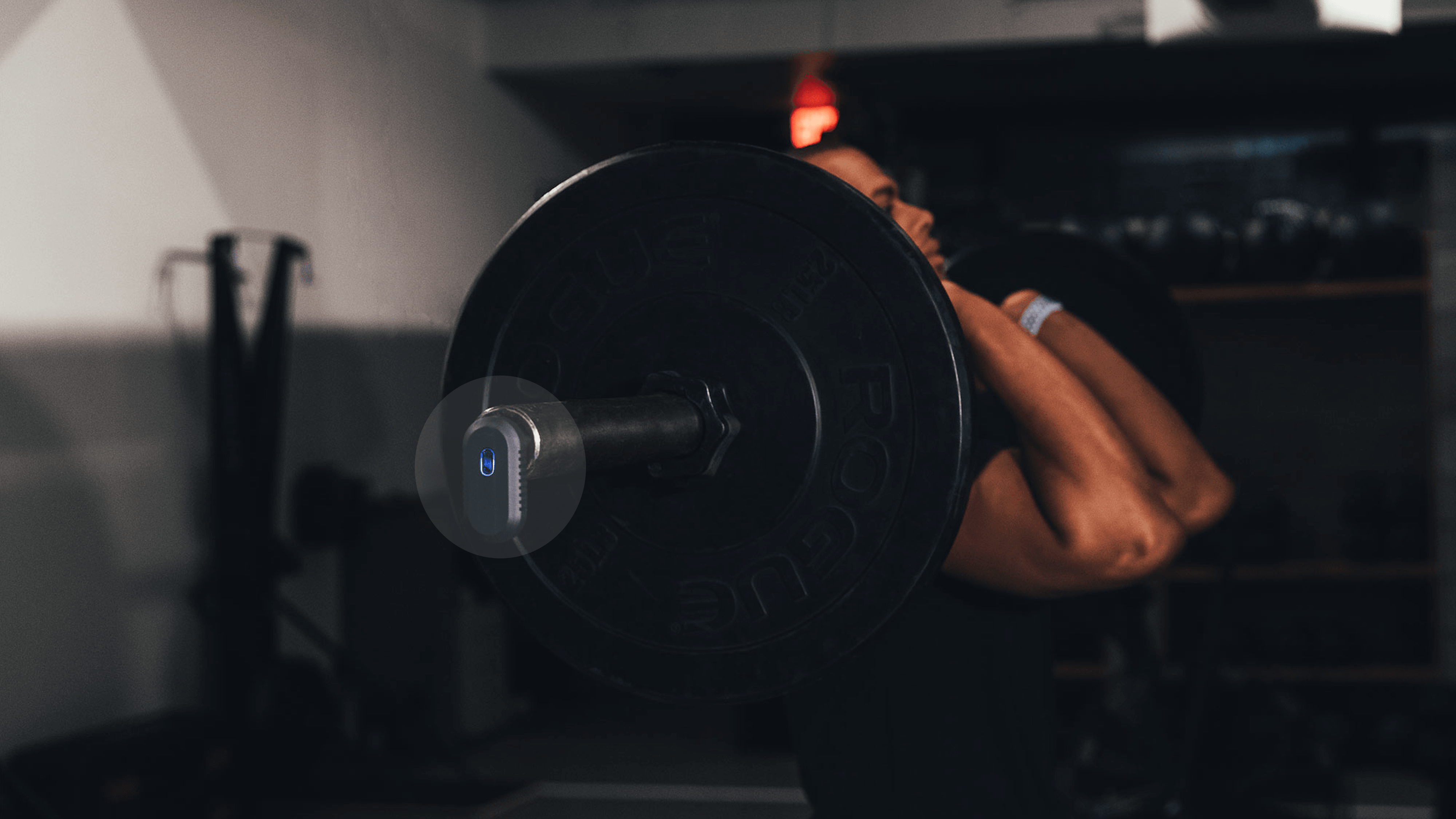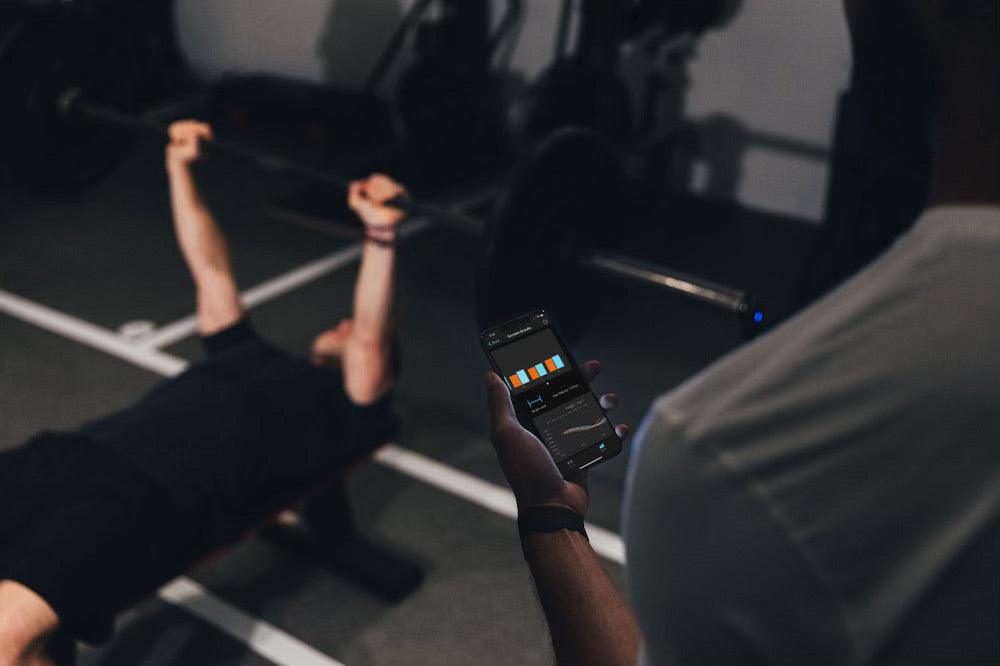Blog
Introducing Your New Measuring Stick
Many coaches use one rep-max testing as a way to measure lifting progress. The problem is that it can be time-consuming, draining, and often risky. Yes, you know how much your athletes can lift. But, nothing tells you how well they lifted it.
How Can VBT Accelerate Strength Gains?
Absolute strength relies heavily on the coordination between your nervous system and your muscles. Your brain dictates when and how many muscle fibers fire and your muscles do their best to match the demands.With time and practice, those firing patterns become more efficient and fine-tuned to complete the task.
Using VBT, you can crush strength records by maximizing neuromuscular adaptations. A lifter familiar with a specific movement will recruit muscle fibers in a more effective pattern than an inexperienced lifter. Notice high-level lifters have little to no wasted motion in their reps. They reinforced their mind-to-muscle connection repeatedly to perform with top-notch quality.
Coaches, Program like a Professional with VBT
With dozens of athletes to keep track of, it seems like a tall task for all of them to train at similar exertion levels. Many times, you have to trust that upperclassmen will lead the freshman through the process. Now don’t get me wrong, a strong team culture will enhance weight room sessions. But, there’s an easier way to get everyone on the same page.
Here’s how you can use VBT to program with clarity:
Reduce injury risk with velocity based training (vbt)
As a coach or an athlete, you want to ensure your training environment is safe and challenging for everyone involved. With VBT, you can adapt your sessions to any skill level and promote the same athletic adaptations.
Struggling to Program? Here's a Simple System for Progressing Weight (Setting Velocity Targets)
Tracking workout progress with sets, reps, and weight is typical for anyone serious about lifting. The problem is that it often feels like guesswork. Effectively programming is a tall task for coaches and athletes alike. With velocity-based training, you can take the guesswork out of your programming and know what went down in the weight room. A simple system for progressing weight is to set a velocity target.
Start With Single Leg Lifts + Two Ways to Track Bar Balance Progress
Do you feel a bit off balance when you're lifting? Think that one leg is working harder than the other? Notice twisting during your squat or deadlift?
If you answered yes, then I'm sure you realize how tough it is to know what's straight when you've been practicing a certain way for so long. Receiving instant feedback is helpful in making those changes stick. The problem is, many people don’t always have a gym friend to help maintain their form.
Wouldn't it be nice if someone was there to help you adjust and stay symmetrical through a lift?
There are two simple ways to track progress in the gym. Add more weight, add more reps. Obvious, right? For most people this is enough, but something is missing for you. You feel like there's more to it than that. There has to be!
Turns out you're completely right, something is missing.
What is Velocity Based Training (VBT)
In this post, we're breaking down what Velocity Based Training is, and why you should care.
How can data prepare you for your next workout
Advancements in technology have helped shift our society to a more connected, data-driven day-to-day. You use your phone to keep track of your friends, your bank account, and life-changing decisions, every day. So why shouldn't you use it to make the most out of your workout, too?










